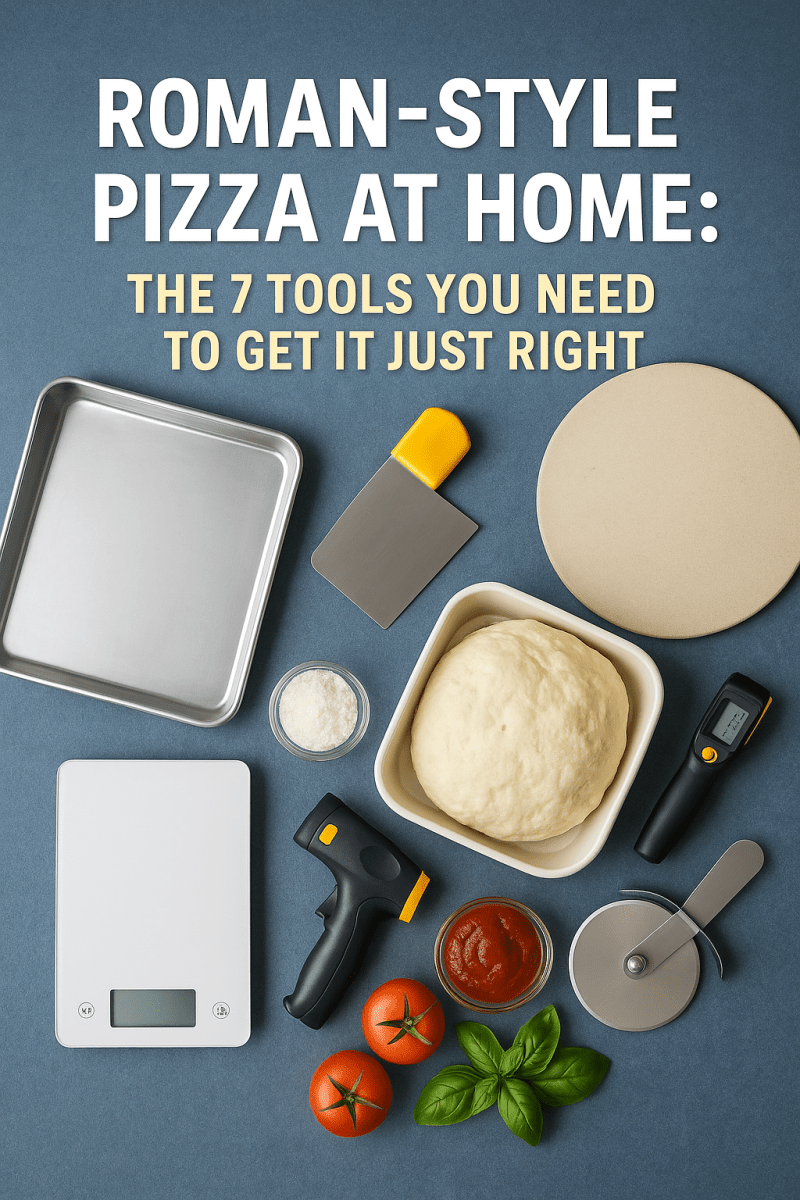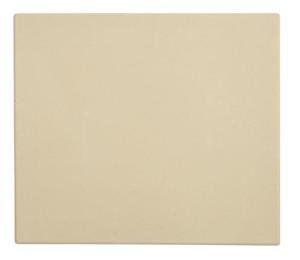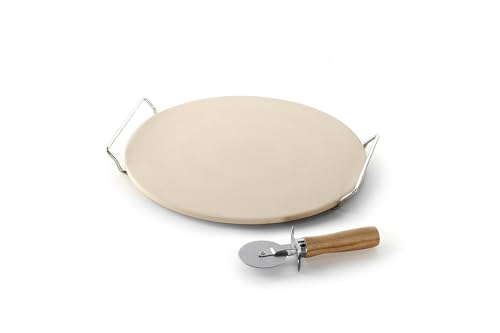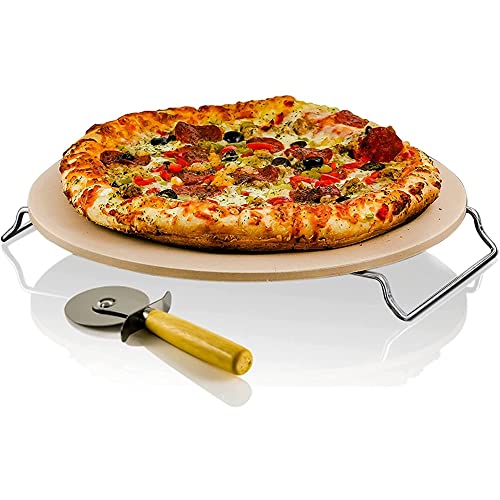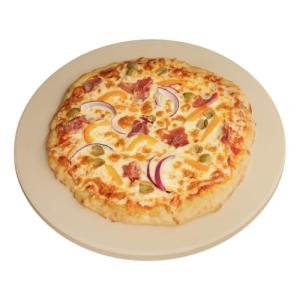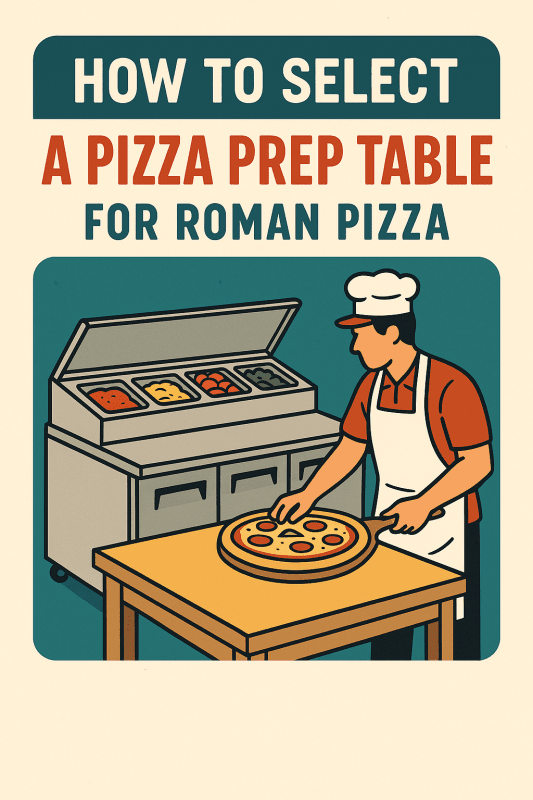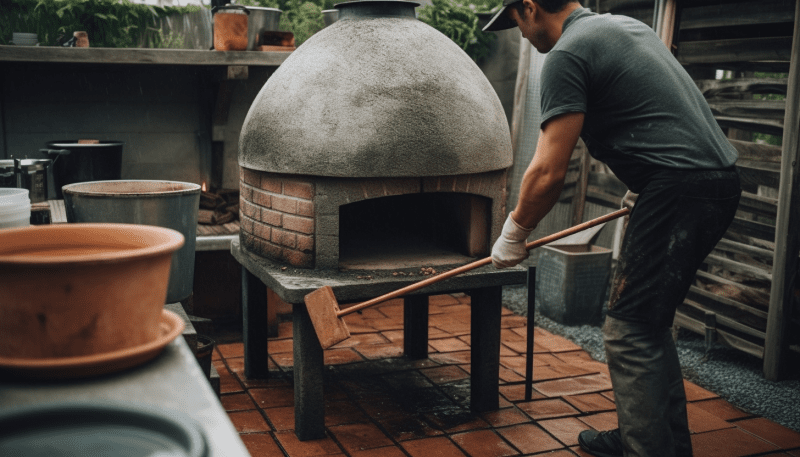🍕 Roman-Style Pizza at Home: The 7 Tools You Need to Get It Just Right
Make Crispy, Airy, Authentic Pizza Without Leaving Your Kitchen
If you've ever tasted Roman-style pizza in the heart of Italy — or from a great Roman pizzeria — you know it’s different. The crust is crispy and light, the bottom perfectly golden, and the flavor somehow both simple and unforgettable.
Here’s the good news: with the right tools, you can recreate Roman pizza at home — even in a standard oven.
🧰 The 7 Tools Every Roman Pizza Enthusiast Needs
1. Rectangular Pizza Pan (Aluminum or Steel)
Roman pizza is traditionally baked in a "pizza al taglio" tray — think long, rectangular baking pans. These pans conduct heat evenly and help give that classic thin, crispy base.
Look for models labeled as “Roman-style” or “pizza al taglio” pans.
2. High-Quality Dough Scraper
Stretching and portioning Roman dough (which is wetter than Neapolitan) is easier with a flexible scraper. It helps you shape, divide, and lift without sticking or tearing.
3. Digital Kitchen Scale
Precision is everything in Roman dough. A scale ensures you measure your ingredients — especially flour, water, and yeast — by weight, not guesswork.
Roman-style dough often has 80% hydration or more — precision helps it hold structure.
4. Dough Fermentation Box or Tray
To get that airy, crispy texture, Roman pizza dough typically cold-ferments for 24–72 hours. A dough tray keeps it covered and in the right shape for long rests in your fridge.
5. Pizza Stone or Steel (Optional Boost)
If you're not using a Roman-style tray, a pizza stone or steel is your next best bet. It retains high heat for that bottom crunch.
Great for experimenting with Roman-Neapolitan hybrids too.
6. Infrared Thermometer
Not just for pros — an IR thermometer lets you check if your baking surface is hot enough (typically 500–550°F) for a Roman-style bake.
7. Sharp Pizza Cutter or Rocker
When it's time to slice, a sharp cutter makes those clean, rectangular cuts that Roman pizza is known for. A pizza rocker makes fast, clean work — and looks cool doing it.
🍅 Bonus: Don’t Forget the Ingredients
While this article focuses on tools, your pizza won’t go far without:
-
Tipo 00 flour or high-gluten bread flour
-
Cold fermentation time
-
Simple, fresh toppings (mozzarella, tomatoes, basil, mortadella)
✅ Final Thoughts: Build the Experience
Making Roman pizza at home is easier than most people think — if you start with the right tools. These 7 essentials will get you most of the way there. The rest? A little time, some love, and maybe a good bottle of wine to go with it.
